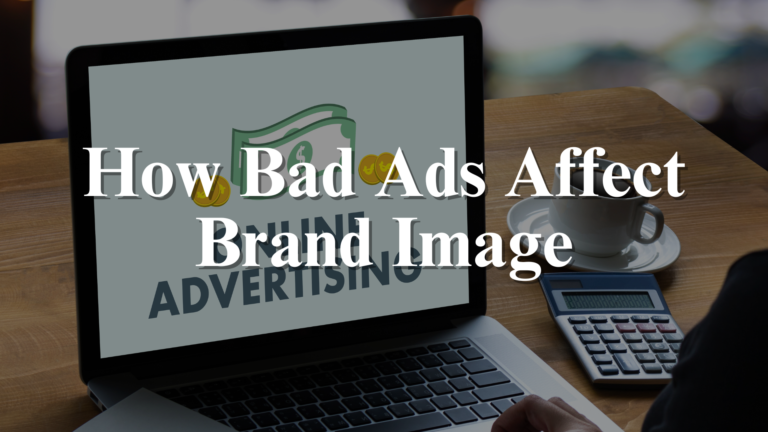How negative publicity can be turned into positive marketing
How negative publicity can be turned into positive marketing

Negative publicity refers to adverse or unfavorable information about a brand, company, or individual that circulates publicly and potentially harms their reputation. However, with the right strategies, negative publicity can be turned into positive marketing. This approach involves addressing the negative aspects head-on and leveraging them to showcase transparency, resilience, and commitment to improvement, ultimately transforming a potential crisis into an opportunity for brand growth.
Understanding Negative Publicity
Negative publicity can stem from various sources, including customer complaints, product
failures, or controversial incidents. It’s crucial to understand the root cause and the public’s
perception to effectively address it. By acknowledging the issue and taking responsibility,
businesses can begin to rebuild trust. This proactive approach demonstrates accountability
and can be the first step in converting negative publicity into positive marketing, showing the
audience that the brand values their concerns and is dedicated to making amends.
Strategies for Turning Negative Publicity into Positive Marketing
Turning negative publicity into positive marketing requires a strategic and thoughtful
response. First, communicate openly with your audience, providing clear and honest updates
about the steps being taken to rectify the situation. This transparency can enhance credibility
and trust. Additionally, use this opportunity to highlight any positive changes or improvements
resulting from the criticism. By transforming a negative event into a catalyst for positive
change, brands can shift the narrative and even strengthen their market position.
Example of Successful Implementation
In 1982, Johnson & Johnson faced a crisis when cyanide-laced Tylenol capsules caused several
deaths. This incident could have severely damaged their reputation, but instead of
downplaying the issue, the company took decisive action. They recalled all Tylenol products,
redesigned packaging with tamper-resistant seals, and launched an extensive PR campaign to
reassure the public. This transparent and swift response not only mitigated the crisis but also
enhanced the brand’s reputation for safety and customer care. As a result, Tylenol regained
market trust and became a renowned case study in effective crisis management and turning
negative publicity into positive marketing
Negative Publicity as a Learning Opportunity
Negative publicity, when handled correctly, can serve as a valuable learning experience for
businesses. It offers insights into areas that need improvement and provides a chance to
connect with the audience on a deeper level. By embracing the feedback and making
meaningful changes, brands can turn a potentially damaging situation into a demonstration
of their commitment to excellence and customer satisfaction. This proactive stance not only
mitigates the impact of negative publicity but also showcases the brand’s resilience and
adaptability, effectively turning a challenge into a powerful marketing tool.

How Bad Ads Affect Brand Image
Bad ads can severely damage a brand’s image, causing negative consequences by sending the wrong messages or failing to connect with the target audience.
Comment Down Below Your Thoughts And Don’t Forget To Share This Article With Your Peers
